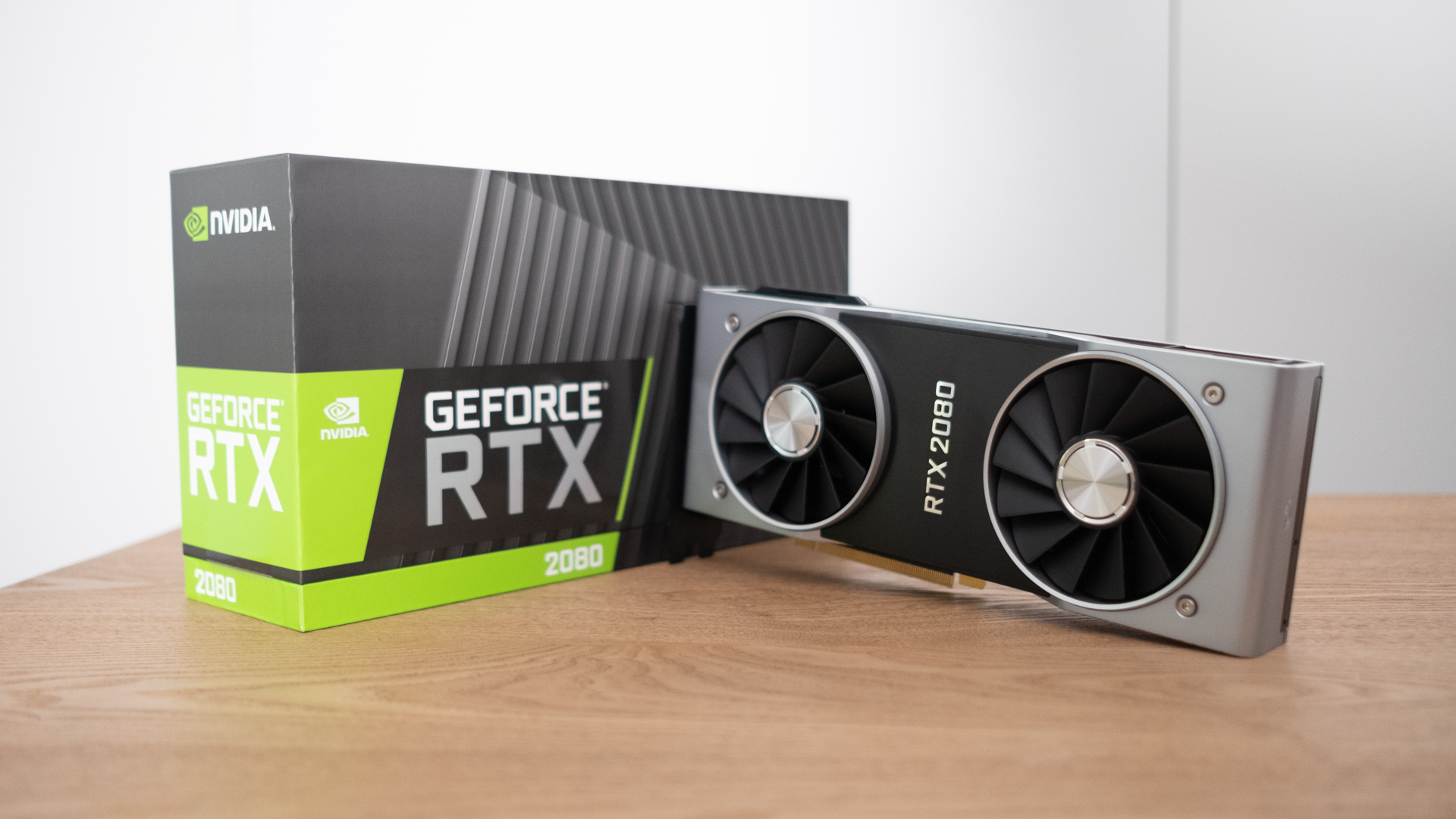Nvidia takes a large bite out of AMD’s market share, as RTX graphics cards make a mountain of cash
The clear majority of Nvidia’s gaming GPU revenue comes from RTX products

The latest statistics from analyst firm Jon Peddie Research show that Nvidia reasserted its dominance in the graphics card arena in Q3, moving up to secure a market share of 72.92% (with AMD holding the remaining 27.08%).
That’s represents a 5% increase compared to Q2 where Nvidia held a 67.92% market share, which is a sizeable jump in the space of a single quarter.
- Nvidia GeForce users need to patch their systems now
- Check out the best processors of 2019
- Find the best Nvidia graphics card of 2019 for you
The full story here, however, is that Q3 is a traditionally strong quarter for graphics cards, and overall shipment numbers of GPUs were up a good amount with a 6.2% increase compared to the same quarter last year.
So in fact, both firms performed well – it’s just that Nvidia did even better than AMD. Jon Peddie notes that Nvidia was able to ramp up production and ship out more new graphics cards as Q3 rolled around, and this has evidently helped push the company’s success here.
It’s perhaps doubly worrying for AMD, seeing as at the start of Q3 in July, the company launched its new Navi graphics cards, and would doubtless have expected the RX 5700 range to carry the fight to Nvidia.
The apparent trouble is, though, that Nvidia launched more powerful Super spins on its Turing GPUs also starting in July, with Super versions of the RTX 2060, 2070 and 2080 – and evidently this strengthening of its line-up was enough to do the trick in combating any threat from AMD’s Navi.
PC-friendly unit shifters
Although the real unit shifters – although not necessarily money-spinners, as we’ll see later – are the more mainstream GTX GPUs on Nvidia’s side of the fence, of course. And perhaps AMD’s real problem is that it still hasn’t got it together to bring out a Navi budget offering, and potential buyers are waiting for these rather than plumping for an older RX 500 series card.
Get daily insight, inspiration and deals in your inbox
Sign up for breaking news, reviews, opinion, top tech deals, and more.
The good news for AMD is that it is poised to bring out the wallet-friendly Radeon RX 5500 Navi card – in fact, this has already been spotted in OEM PCs, although not yet officially released as a standalone consumer GPU. But that should happen imminently…
The RX 5500 looks like a potent offering at the budget end, but a lot will depend on pricing. And of course Nvidia has also moved to bring its Super variants through to the GTX line, too, again trying to run interference with AMD’s plans. So overall, the picture looks rather shaky for AMD, at least going by Jon Peddie’s figures.
That said, on a more positive note for AMD, the company does have a better market share than it did this time a year ago – albeit only by 1.36%.
Another interesting revelation from Jon Peddie is that the analyst firm reckons Nvidia’s RTX graphics cards represent two-thirds of its gaming revenue. Note that this is revenue, not units sold, so it isn’t the case that Nvidia is selling a massive amount of these cards – but it is making a massive amount of money off them.
Okay, so this is no real surprise given how pricey some of the top-end RTX cards are, but then that figure of 66% of gaming revenue is certainly high, and perhaps points to the new Super variants bolstering the RTX range to a greater extent than anticipated.
- These are the best graphics cards you can buy in 2019
Via PC GamesN
Darren is a freelancer writing news and features for TechRadar (and occasionally T3) across a broad range of computing topics including CPUs, GPUs, various other hardware, VPNs, antivirus and more. He has written about tech for the best part of three decades, and writes books in his spare time (his debut novel - 'I Know What You Did Last Supper' - was published by Hachette UK in 2013).